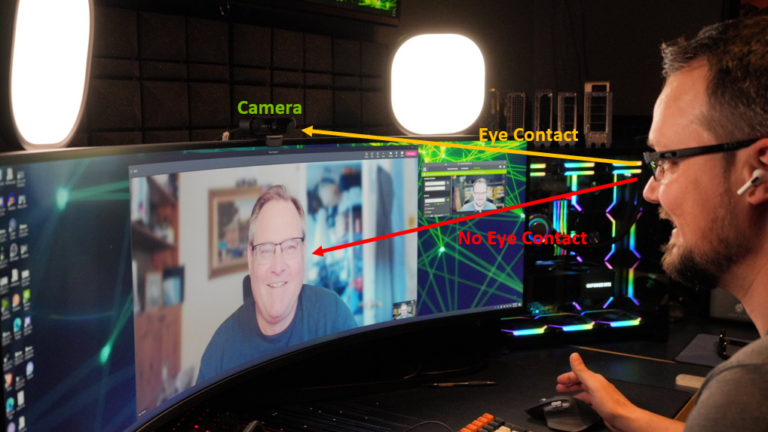
The NVIDIA Maxine developer platform redefines video conferencing and editing by providing developers and businesses with a variety of low-code implementation options. These include GPU-accelerated AI microservices , SDKs, and NVIDIA-hosted API endpoints for AI enhancement of audio and video streams in real time. The latest Maxine developer platform release introduces early access to Voice��
]]>
Real-time remote communication has become the new normal, yet many office workers still experience poor video and audio quality, which impacts collaboration and interpersonal engagement. NVIDIA Maxine was developed specifically to address these challenges through the use of state-of-the-art AI models that greatly improve the clarity of video conferencing calls. These capabilities have been largely��
]]>
Video conferencing is at the heart of several streaming use cases, such as vlogging, vtubing, webcasting, and even video streaming for remote work. To create an increased sense of presence and pick up on both verbal and non-verbal cues, video conferencing technology must enable users to see and hear clearly. Eye contact plays a key role in establishing social connections and in face-to-face��
]]>
At CES 2023, NVIDIA Maxine announced SDK updates and new microservices, enabling clear communications in video conferences through private or public clouds. NVIDIA Maxine is a suite of GPU-accelerated AI SDKs and cloud-native microservices for deploying optimized and accelerated AI features that enhance audio, video, and augmented reality (AR) effects for real-time communications.
]]>
The audio and video quality of real-time communication applications such as virtual collaboration and content creation applications is the true gauge of users�� real-time communication experience. They rely heavily on network bandwidth and user equipment quality. Narrow network bandwidth and low-quality equipment produce unstable and noisy audio and video outputs. This problem is often��
]]>